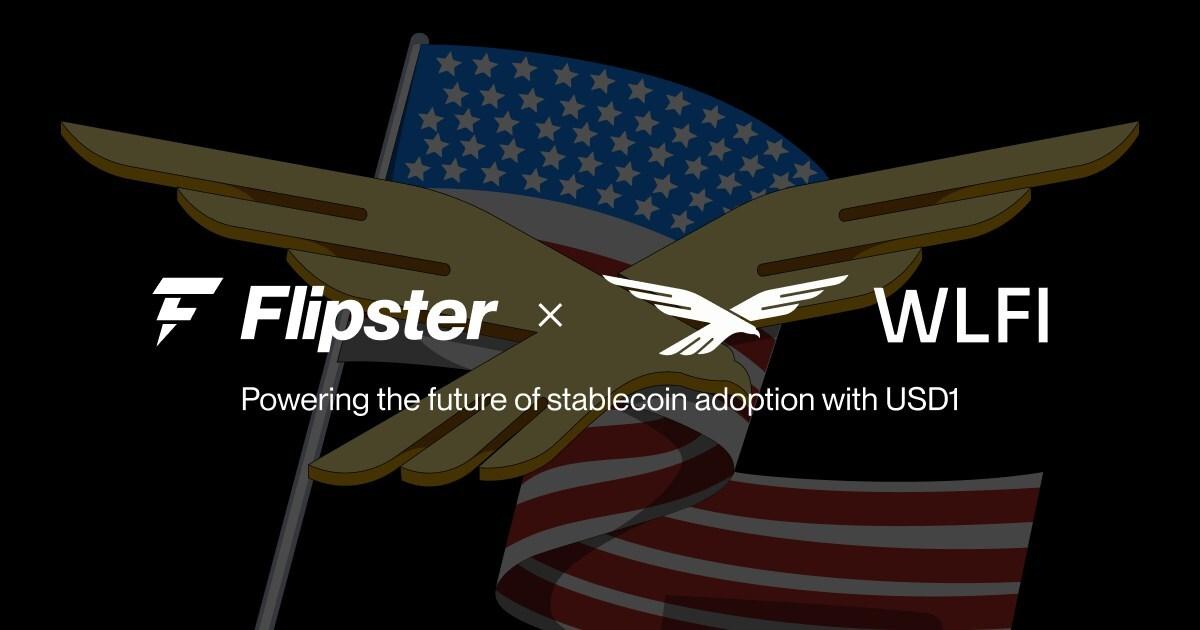Turbo-Charged Brothers: $XRP & $XLM’s Rocket Ride or Mirage?

XRP vs. XLM: Two Brothers on Steroids in the Altcoin Arena
Altcoins in the Spotlight
The crypto market has exploded in recent weeks, riding on the coattails of Bitcoin’s resilience and institutional moves toward broader adoption. The Altcoin Season Index recently hit 86/100, signaling that smaller assets are outshining Bitcoin in performance. $HBAR, $XRP, and Solana ($SOL) have led the charge, fueled by institutional interest, explosive parabolic moves, and ETF speculation.
$XRP, the original institutional darling, and XLM, its younger sibling, have become focal points for investors. Both share striking similarities: founders, bear-market scars, and ETF hopes, but their paths are diverging. Let’s dissect what makes these assets tick, and more importantly, whether they’re worth the hype—or just the latest victims of “chasing the pump.”
Fundamentals: Story of Strengths and Weaknesses
XRP’s Institutional Edge
XRP has come a long way since its fight with the SEC. Now cleared, it’s riding on institutional narratives, with Ripple expanding its ecosystem by introducing its $RLUSD stablecoin. Institutions may soon get access via a spot ETF in early 2025 (pending SEC approval). These factors scream adoption potential, but there’s a darker side.
Ripple still holds tens of billions of XRP, leading to inflationary pressure. This centralization raises questions: will institutions trust an asset so tightly controlled? And privacy concerns linger—something institutions care deeply about.
XLM: A Grassroots Underdog
XLM, once overshadowed by XRP, differentiates itself with a more decentralized vibe. Its 50% token burn in 2019 reduced supply drastically, giving it a more deflationary edge. However, its trading volume is 50% lower than XRP, and its network hasn’t seen the same explosive adoption narrative.
Both assets seem poised for institutional adoption, but their tokenomics and growth models diverge significantly. XRP rides institutional coattails; XLM thrives on grassroots utility.
Technicals: Reading the Charts
XRP’s Parabolic Surge
XRP’s 280%+ November gain has pushed it into overbought RSI levels unseen since the 2021 bull market peak. On the daily chart, RSI is above 80, while the weekly RSI washitting historic extremes—a sign of overextension.
But this parabolic move doesn’t mean it’s game over. Let’s talk buy-the-dip zones—or more realistically, buy-the-dip zones, not levels. Here’s what stands out:
1. $2.29 (Fib 0.382): The first retracement area from the local top. Confluences with horizontal resistance turned support.
2. $1.91 (Fib 0.618): A deeper retracement, backed by the 50-day moving average and sitting below a Fair Value Gap (FVG) at $1.96-$2.20.
3. $1.63 (Fib 0.786): Major multi-cycle support with a weekly confluence.
4. $1.28: The last low before November’s parabolic surge—a critical test of XRP’s strength.
XLM’s Mirror Reflection
XLM followed XRP’s November run with a 450% + gain. Its weekly chart shows similarities, but RSI levels are less extreme. $0.414 is a critical pivot point—lose it, and the sell-off could accelerate. The 200-week moving average is catching up, suggesting a potential safety net for long-term bulls.
Altcoin Season Context
The Altcoin Season Index at 86/100 confirms what we’ve seen: altcoins are outperforming Bitcoin as market dominance shifts. However, this often comes with risks. Historically, strong altcoin rallies like this tend to precede sharp corrections. XRP and XLM, despite their gains, may be entering a distribution phase—a period when early buyers lock in profits, leaving new entrants to bear the risk.
Source: coinmarketcap.com
Summary: Timing the Market
XRP and XLM are undeniably similar in history but vastly different in fundamentals. XRP’s centralized narrative contrasts with XLM’s grassroots approach, but both face headwinds of overextension, high market caps ($130 billion for XRP, $14.5 billion for XLM), and a “sell-the-news” backdrop.
The best time to buy was during accumulation at $0.30 or $0.55, not after 300%-400% gains. The second best strategy? Patience. Don’t chase pumps; wait for discounts. As the saying goes:
“Bulls make money, bears make money, but pigs get slaughtered.”
Buying into overbought RSI levels is a gamble, especially when macro conditions remain uncertain. With the DXY stabilizing and equity markets under pressure (Nasdaq and S&P500 are flatlining), December could bring the answers we need.
Disclaimer: This article is provided for informational purposes only. It is not offered or intended to be used as legal, tax, investment, financial, or other advice.




